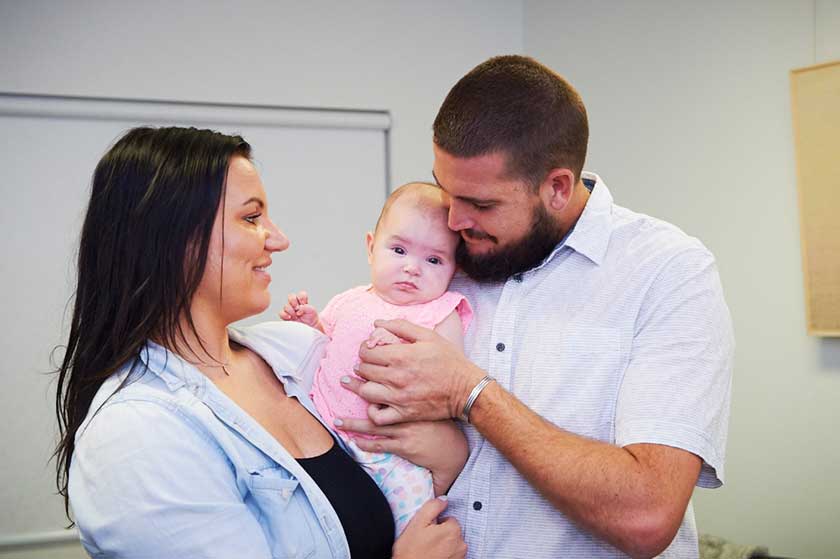However, quite often, given the demands of motherhood, and the changes to the daily routine, making your physical health a priority can be difficult. This can have an impact on your physical health and rehabilitation, but it can also have a negative impact on mental health.
The link between exercise and mental health has long been established, but overcoming some barriers to make exercise more accessible since becoming a new parent can be challenging but there are ways to begin to re-introduce it again.
So where and how do you start?
The role that exercise plays to each of us is unique – so starting to identify what it means to you is important. Another idea is beginning to understand that any movement throughout your day counts! Parents traditionally are hardly ever sitting down and remaining sedentary, and the fact that you are moving around each day is great – but if you do want to add structured exercise in to your routine, adopting the idea of breaking up your exercise in to smaller chunks throughout the day may be better than aiming to complete a 30-60 minute session in one go because it can be difficult to find the time.
Following pregnancy and childbirth, consulting with a women’s health physiotherapist and then following up with an accredited exercise physiologist is highly recommended. Common physical post-natal concerns are with pelvic floor, continence, abdominal diastasis or separation as well as pain in hip and lower back. These are all things that can begin to be treated with the correct advice.
There are guidelines about safe return to exercise, and it is important to avoid further complications. However, every pregnancy is different, and every woman’s body will be different following pregnancy and childbirth, so there is not a ‘one size fits all approach’, it will be very much be led by the individual.







